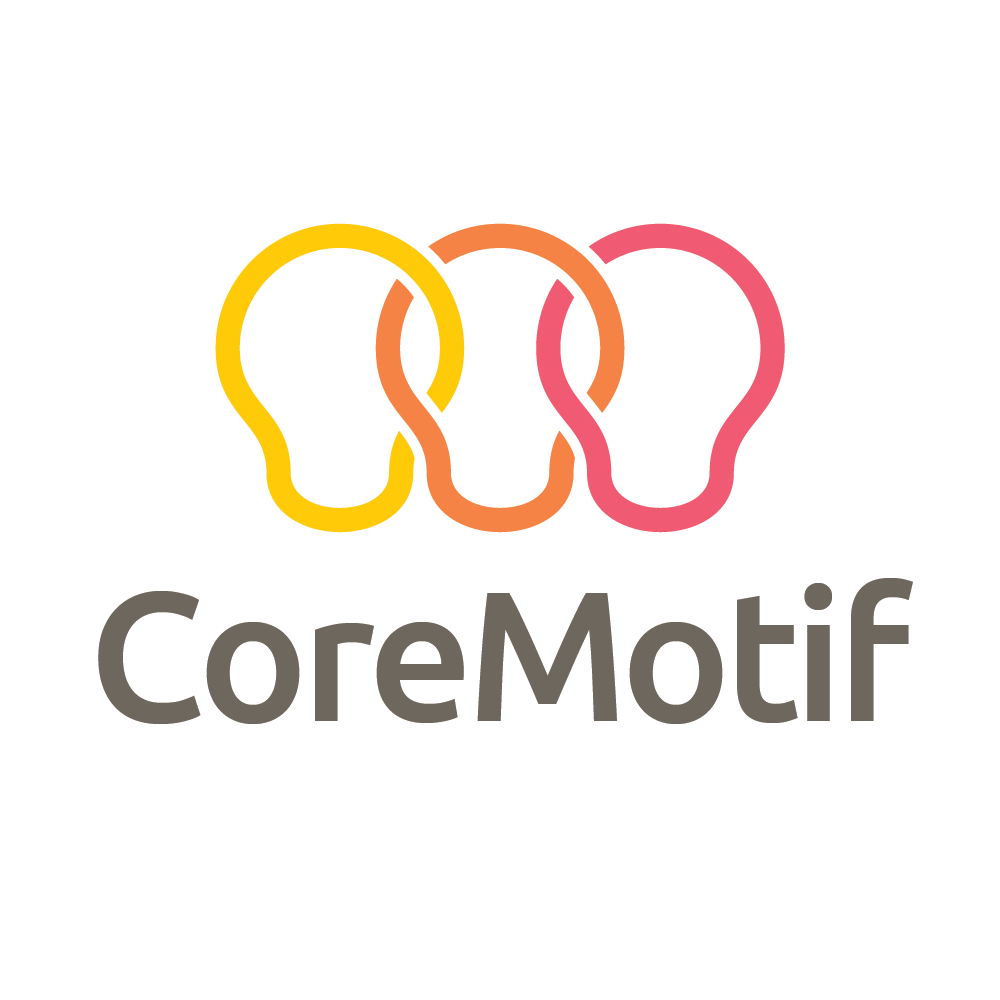The ROI of switching
Does it make sense?
Switching is when you desire to go from state A to state B. You might want to switch ERP systems, telco’s, hardware suppliers or even from one process to another. I’ve compiled a list of items to consider when embarking on such a journey. Have a look, and don’t forget to tell me if you think I should add an important point.
Defining the benefits
While the purpose of all of businesses is maximize the value for their shareholders, the methods to do so are as many as there are businesses in the world. When defining the benefits of a project they should be aligned with your business goals. Most of the time benefits are measured in currency, but when you look to your businesses strategic goals, other measures might be just as valuable, Net Promoter Score (NRP), Customer Satisfaction and Customer Churn might be what you are looking for. Common measures businesses want to influence are:
- Reduced Costs, in total or per unit
- Increased Revenue
- Shorter cycle times, less time spent per produced unit/service instance
- Production volume, more units/service instances in allotted time period
- Reduced waste (see our articles on Lean)
- Better processes
- Improved Quality control, reduced production variance
Generally speaking, the formula for benefits is as follows:
Measurebefore–Measureafter=BenefitsMeasurebefore–Measureafter=Benefits
Defining the costs
There are two types of costs, fixed costs and variable costs. If you put for example one employee in charge of a team and task the team with something, the fixed costs will consist of his salaries among other things. If the production line is stopped, they are still there, if the production line starts again, they are still there. Variable costs or unit costs is the cost that goes into producing a single unit. For example, provisioning a server or a laptop. If the number of additional team members is directly related to the number of units produced or serviced, you can classify that as variable costs, or else, fixed costs.
Costs come in various forms, some are financial costs, others materialize in reduced employee morale. Others materialize in reduced market share or worse brand positioning. The same applies for costs as for benefits, there are many different measures. Some of the most common measures of costs are:
- Head count or number of employees required for a function
- Facility rentals, such as office space or server racks
- Communication costs, such as internet connections, fiber optic cables
- Capital costs when purchasing new items
- Rental costs when renting items
- Switching costs
The hidden cost of changes
One of the things people usually underestimate when calculating ROI is the switching costs. Switching costs is what it costs to perform the actual change. Let’s say you have a telco provider who you lease network connections from. The network connections are used to carry the inter-office VPN and lately they’ve become congested and slow. You have two options; upgrade the ones you already have or go to a competitor for a different price. When you compare the prices you’ll see that you can upgrade your existing connection for a 1000 USD per year, or switch to a competitor for only 600 USD per year more (let’s just make something up here). The competitor is clearly less expensive. But to switch you need to remove the old routers, install new ones, test and verify everything, troubleshoot and train your network engineers in using a new service provider’s support processes. Now you see that all that expense has started eating away at the 400 USD savings per year. If your hidden costs exceed your savings, you might want to reconsider your choice.
Another hidden cost is the loss of employee productivity during a transition period. Let’s say one of your senior people transitions to a competitor. The employee, accountable for quality control, is hard to replace. You decide not to have somebody stand in while you hire, but cross your fingers and hope the hiring process goes fast. But it doesn’t, after a while customer satisfaction is declining, product quality is suffering and you go see what the deal is. Chances are, regular employees unsure of where to turn to regarding quality control, hesitate rather than address issues they know need addressing. That’s why you try to compress the time it takes to implement organizational changes without cutting any corners or compromising on communication.
Standardization, Optimization, World domination
If you want to standardize the way you perform ROI calculations, what costs you consider and what benefits you are specially looking for you could make a checklist or a form to fill out. Having a standardized form will help those not familiar with ROI calculations conform to a portfolio management system or simply to state their business case. The downside to a standardized form is that there are so many ways to incur costs and reap benefits that they won’t fit comfortably in a single checklist. But if you want a starting point, googling “checklist for ROI” will get you a myriad of examples, or if you are looking for something tailored to your needs, send us a message and see if we can help.
Other posts about ROI
